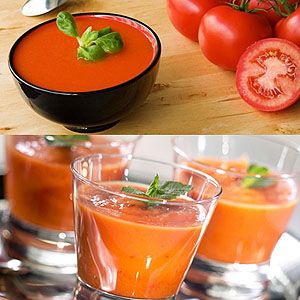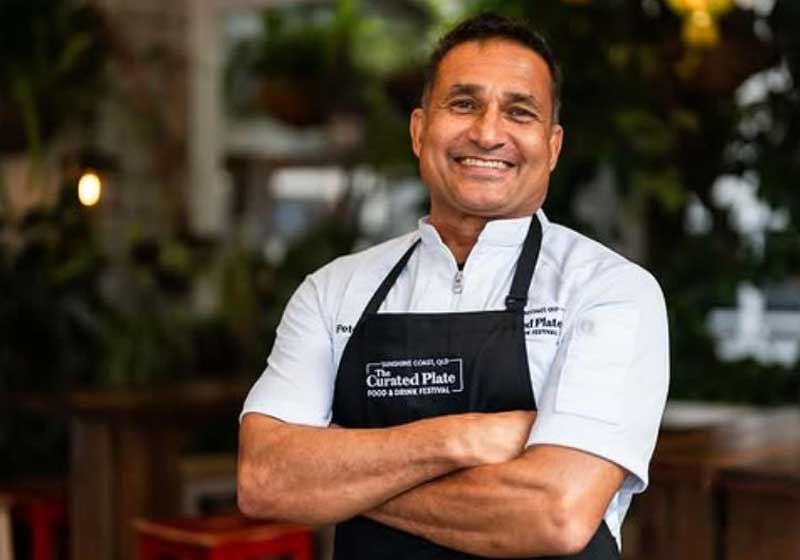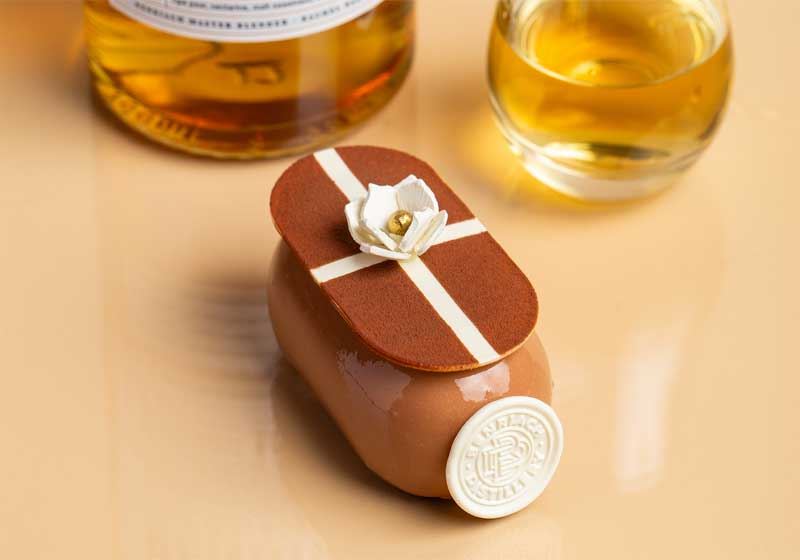Valencian Paella

Ingredients
1kg of Calasparra rice
Salt
2.5kg of rabbit and chicken meat cut into small pieces
250g of ripe tomato (peeled and chopped)
350g of green beans (in Valencia they use bajoqueta de ferradura
o rojet, which are native green beans) and 250g of lima beans removed from the shell
200ml of extra virgin olive oil
A teaspoon of non-smoked paprika
A pinch of saffron threads toasted and shredded. You can soak them a couple of hours earlier.
You can add three dozen Iberus gualtieranus alonensis (or in English, serrano snails). You don't need the rosemary (below) if you add snails. In summer, it is typical to add a handful of fesols de tavella (navy or haricot beans that are very tender and removed from shell). You can make the paella more aromatic with a little sprig of rosemary allowed to boil a few minutes with the rice. Valencians prefer to cook it with wood. The smoky taste of the orange tree elevates the paella to the altars of the gastronomic creed that Valencians adore.
Method
Heat the oil until very hot. Then add the chicken and rabbit. Fry them well, sealing the meat quickly all over (frying very strongly both sides first to keep the juices in and then rest until it’s medium rare).
Add the green beans and the lima beans. Fry it all together for 2 or 3 minutes and add the tomato and let it all infuse together.
Once the tomato is reduced, practically disappeared, add the paprika and after mixing it quickly, add water – 2.7 parts of water for each part of rice. Once the water is added, increase the heat to the maximum for 5 to 7 minutes. During this time, add the saffron, the rosemary sprig and the salt, and the snails if you have them.
Once it boils, add the rice and distribute it evenly, then don’t move it again. Leave the heat on maximum for the first 10 minutes, and then as the rice absorbs the water reduce the heat accordingly. Keep carefully probing to check that the rice is not
burning (but never stirring the rice!). What you are aiming for is for the 'socarrat' (the rice at the bottom of the pan where some will stick to the pan) to be of a light brown colour. The quality of the socarrat for Spaniards is so important that I don’t hesitate to
compare it to what ‘al dente’ is for Italians, so beware!
Last but not least:
It’s important that the paella pan is completely horizontal so that the thickness and cooking of the rice is perfect.
The tomato should be balanced between acidity and sweetness.
You can add any ingredients that you wish to make it ‘like you like it’ paella!
My key tip for cooking the best paella is to soak the saffron a couple of hours beforehand and add that juice and saffron to the paella! Buen provecho! (Enjoy your meal!)
Recipe provided by Flavours of Spain Catering








